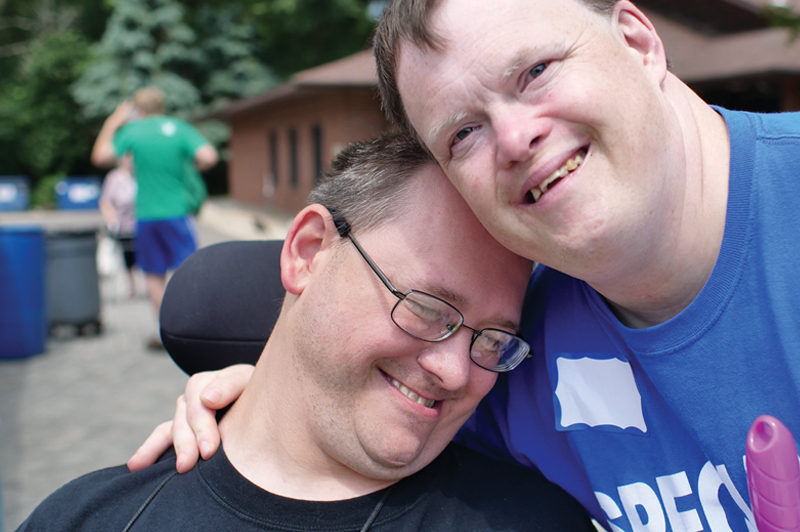Looking Beyond the Surface
What’s below the surface? What exists beyond the first glance?
In our hurry-up world, it’s easy to believe that a snapshot gives a three-dimensional picture. We can easily accept that rhetoric is reality. We want to have simple explanations to complex issues. In a world filled with a full spectrum of colors, we want to see in black and white. It takes time to see below the surface, and we seldom feel as though we have time to take that deeper dive.
Recently, a friend was describing a train trip she had taken. For her, the magic of the trip was in the stories she heard along the way. She recalled them in vivid detail: the young woman with a buzz cut and tattoos – at a time when such expression was not commonplace – who was getting out of a bad situation and going home, a child with her young mother who was getting divorced and moving closer to her family, a young man who had ridden his bike from one coast to the other, mostly through Canada, and was taking the train back home. All these years later, the stories have stayed with her and colored her memories of that trip. As I was listening to her speak, I wondered if I would have had the courage to strike up those conversations. It is often much easier to translate what we see into what we believe “is” and move on with our lives. We miss the richness and complexity of people’s stories when we do that. We miss being inspired by the courage.
It’s easier to believe that someone is poor, or homeless, or hungry because they don’t have the initiative to get a job than it is to understand the many dynamic elements that have come together to make that happen. It also helps us to justify why we choose to keep what we have and not share with others.
Digging Deeper
In America, access to affordable housing is reaching crisis levels. “Affordable” housing is defined as spending no more than 30% of income on housing. Builders and developers will tell you the cost of construction continues to rise. Materials and labor are all in short supply, with prices on the rise. Land is often not available. Rehabbing existing properties may cause the value of neighboring properties to rise, creating greater stress on an already fragile market.
At Laura Baker Services, we have been in conversation with developers and community partners since 2013 to create housing solutions for people with developmental disabilities and others. The “progress” is very slow; one step forward and two steps back.
In these conversations, I hear a lot of opinions about affordable housing. The breadth of these opinions was illustrated in a study by Enterprise/The Frameworks Institute titled, “You Don’t Have to Live Here: Why Housing Messages are Backfiring and 10 Things We Can Do About It.”
From my perspective, the report illustrates this desire we have to skim the surface, and to not dive too deeply into an issue. The deeper we dive, the more complex the issue becomes. We may have to compromise our beliefs in some way when we begin to understand those complexities, and that can threaten our sense of self and cause us to question if we need to live and believe differently. That is always hard work.
However difficult it may be, it’s work we need to do. It’s work people with developmental disabilities and their families need us to do. It’s work people who live in poverty need us to do.
In the end, it’s really about getting to know our neighbors, the people we meet on the street, the person with disabilities who lives next door, the person we sit next to on the train. Take a chance – you may find yourself incredibly blessed by the stories you hear and the people you meet.
